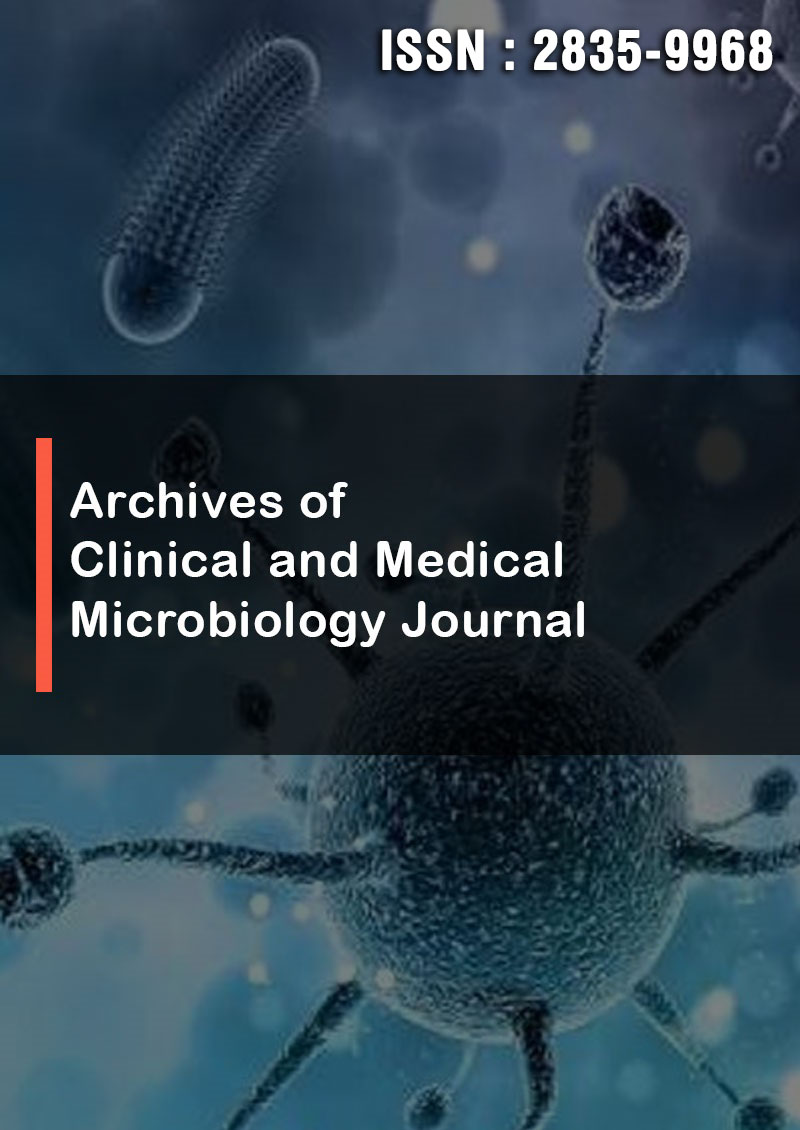Isolation and Identification of Edwardsiella Tarda from Fish in Haramaya Lake, East Hararghe Zone, Oromia Regional State, Ethiopia
Abstract
Nuredin Abdurezak, Balisa Yusuf, Leykun Lulseged
Background: Edwardsiellosis is a serious systemic bacterial disease of Edwardsiella tarda which is known for causing diseases in humans, reptiles, amphibians, marine mammals and other warm-blooded animals. E. tarda is the most im- portant diseases causing bacteria that leade to severe economic losses in fish farms of many countries due to its admi- rable effects on a variety of fish taxa including carp, tilapia, eel, catfish, mullet, salmon, trout and flounder. This study aimed on isolation and identification of E. tarda from the fishes (Catfish and Tilapia) of Lake Haramaya.
Methods: A cross-sectional study design was conducted from December 2021 to May 2022 to estimate the occurrence and distribution of Edwardsiella tarda from the kidney, spleen, liver and intestine of apparently healthy fish in the Lake Haramaya, Eastern Ethiopia. From a total 384 of swab and tissue samples were randomly taken from the kidney, liver, spleen and intestine of 96 apparently healthy fish (Clarias gariepinus and Oreochromis niloticus) originating from Lake Haramaya, 18 showing similar colony and biochemical characteristics to E. tarda were isolated and identified.
Results: Distribution of E. tarda infection among the four organs examined indicated that E. tarda was isolated most frequently from intestine 10 (10.4%) followed by liver 4 (4.2%) then kidney 2 (2.1%) and spleen 2 (2.1%) with statisti- cally significant difference (P<0.05) among organs. E. tarda was isolated more frequently from males 12 (26.7%) than females 6 (11.8%) and differences in the occurrence of E. tarda infection with respect to sex was not significant (P>0.05) indicating that both sexes are equally susceptible. Concerning fish species E. tarda is more frequently isolated from Catfish than tilapia with no significant difference (P>0.05).
Conclusion: The recovery of E. tarda from Lake Haramaya, which is potentially pathogenic to humans, from the or- gans and alimentary tracts of fish suggests that fish either improperly handled, undercooked or consumed raw may cause Edwardsiellosis in susceptible individuals and potential threat to both fishery sector/aquaculture. There is limited knowledge of E. tarda infection in fish and humans in the area and hence further awareness to have information on the agent is forwarded.



